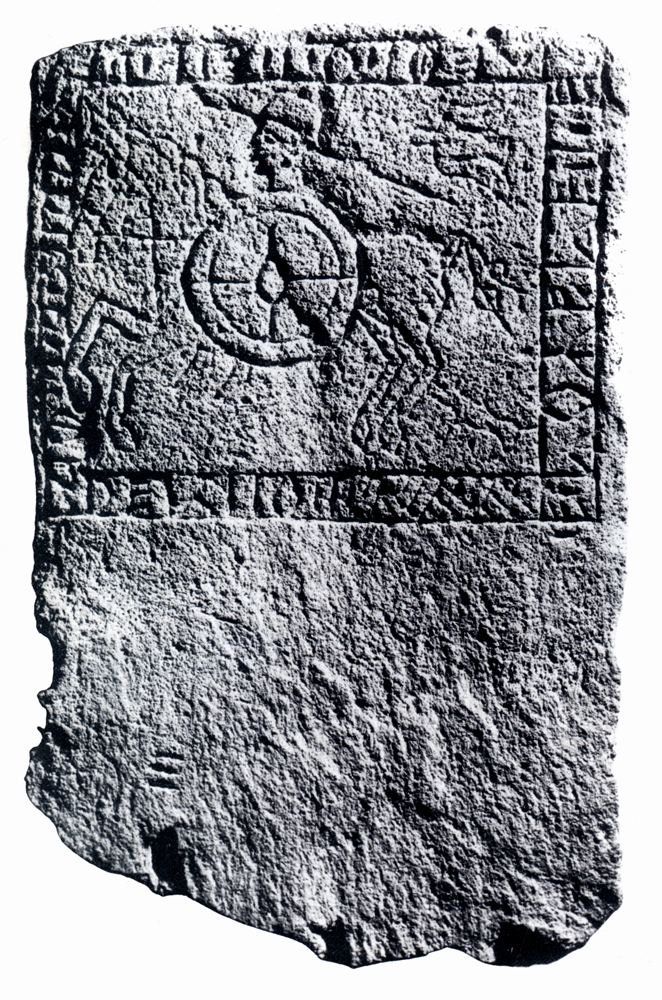 | ||
Protohistory
Protohistory is a period between prehistory and history, during which a culture or civilization has not yet developed writing but other cultures have already noted its existence in their own writings. For example, in Europe, the Celts and the Germanic tribes may be considered to have been protohistoric when they began appearing in Greek and Roman sources.
Contents
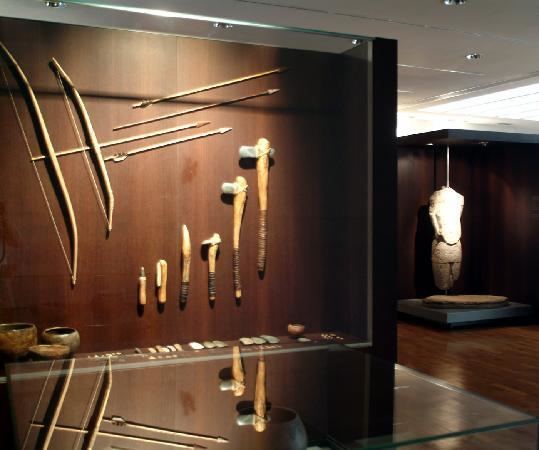
Protohistoric may also refer to the transition period between the advent of literacy in a society and the writings of the first historians. The preservation of oral traditions may complicate matters as these can provide a secondary historical source for even earlier events. Colonial sites involving a literate group and a non-literate group are also studied as protohistoric situations.
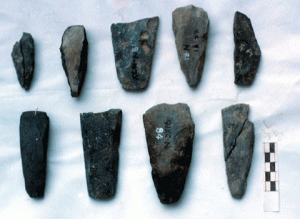
It can also refer to a period in which fragmentary or external historical documents, not necessarily including a developed writing system, have been found. For instance, the Proto–Three Kingdoms of Korea, the Yayoi and the Mississippian groups recorded by early European explorers are protohistoric.
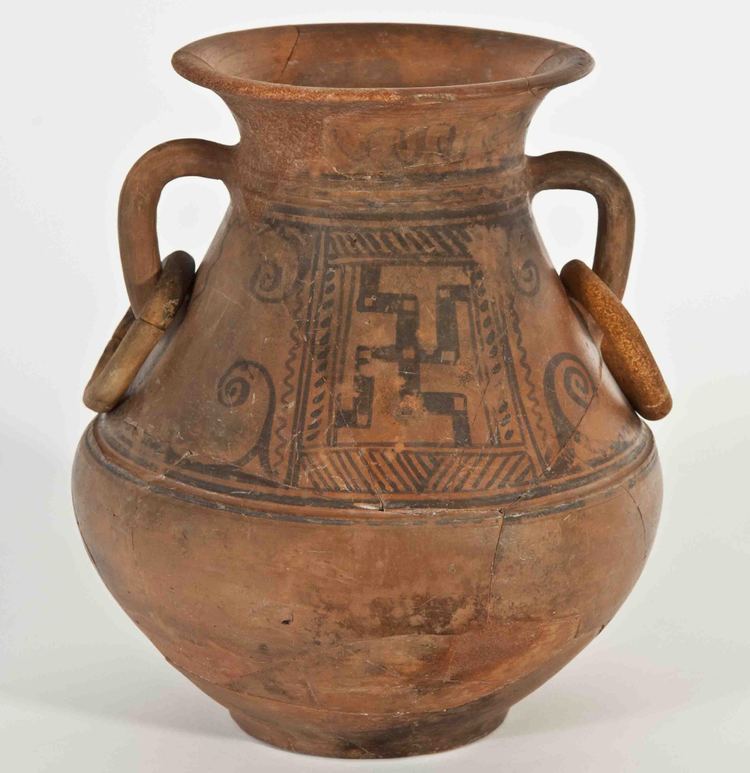
Usage of the term
In The Oxford Illustrated History of Prehistoric Europe, an article by Timothy Taylor says,
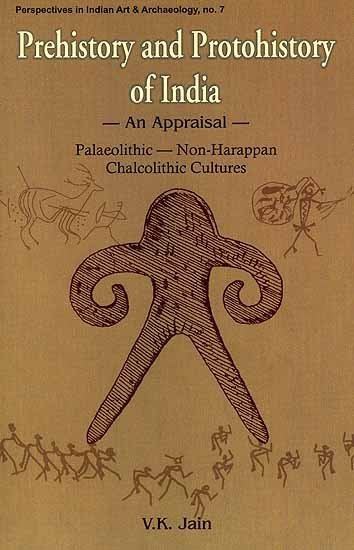
In the abstract of a later paper on "slavery in the first millennium Aegean, Carpatho-Balkan and Pontic regions", Taylor, who is primarily an archaeologist, says,
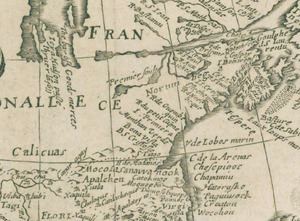
For other examples, see also the writings of Brian Fagan on the protohistory of North America and the work of Muhammed Abdul Nayeem on that of the Arabian Peninsula
Chronology

As with prehistory, determining when a culture may be considered prehistoric or protohistoric is sometimes difficult for archaeologists. Data vary considerably from culture to culture, region to region, and even from one system of reckoning dates to another.
In its simplest form, protohistory follows the same chronology as prehistory, based on the technological advancement of a particular people with regard to metallurgy:
Civilizations and peoples
The best known protohistoric civilizations and ethnic groups are those for whom the term was originally coined: the barbarian tribes mentioned by European and Asian writers. Many of these peoples of course also experienced periods of prehistory and history.
